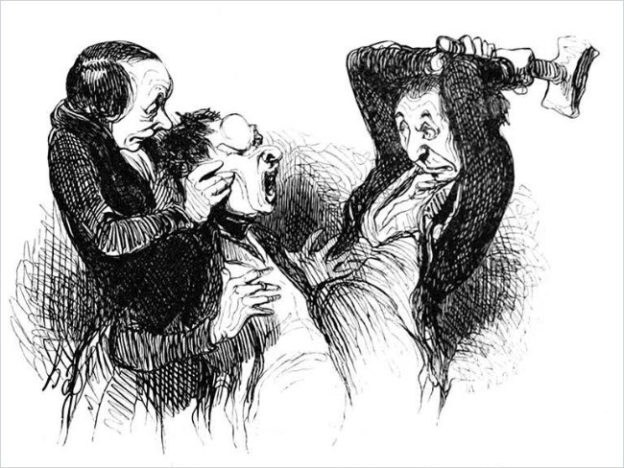Dental Pain Relief Before Anaesthesia

Modern dental science has given us much to be grateful for, but perhaps nothing makes that trip to the dentist more reassuring than the many advances in dental pain relief over the past century or so. In the time before anaesthesia was commonly available for tooth pain, there were many options on the table, but none of them had a controllable or particularly desirable outcome.
Home-made Anaesthesia
The forms of anaesthesia that are these days considered routine were introduced as recently as the early 1900s. Prior to this time, there were scant options for dental pain relief, and those that existed were crude in the extreme. Your dentist would supply you with some alcohol and you would drink to get drunk and forget the pain—literally.
Imagine the work hazards for dentists a couple of centuries back, risking their fingers in the mouth of someone who was out for the count on moonshine. It was a pretty gruesome process. One can only imagine that the people who had to perform these procedures had to block their ears to the sounds of their patients’ screams. It would have been a very painful exercise.
What Were The Options?
And it wasn’t only the dental profession, dealing with a relatively confined area of the body. Any surgical procedure, including amputation of limbs, was dealt with in a similar manner.
Alcohol as the oldest known sedative would be given to a patient. That was anesthesia. In the early stages, opium might also have featured in the suite of treatments available for dental pain relief. Still, it was not a very refined way of numbing the pain.
Today’s Options
As the currently accepted forms of anaesthesia were introduced, anaesthesia became a more predictable and less excruciating process. Today there is a wide range of pain relief options, from inhalation sedation and local anaesthesia through to conscious sedation and general anaesthesia.
While some of these solutions to tooth pain have been available for a long time, others are surprisingly recent additions to anaesthesia technology. For example Methoxyflurane, also known as Penthrox has been in wider use since the 1970’s.
Patient-controlled pain Relief
The real breakthrough is our ability to let patients use the most effective pain relief combination for their circumstances and requirements, and according to what they feel comfortable with in terms of their own tolerance for pain.
If you go to the dentist these days you can have some nitrous oxide or Penthrox to take the edge off a little bit, or you can have a local anaesthetic; or you can go for sedation or the full sleep dentistry option. Sedation is like a twilight sleep—you will be conscious, but you won’t remember anything after the procedure.
The choice will sometimes be up to the patient. Patient expectation and patient comfort certainly feature more prominently in modern dentistry than they once did. In other situations the type of anaesthetic may be dictated by the complexity of the treatment required.
Modern forms of anaesthesia are increasingly available and very safe, so obviously patients will expect them, and rightly so. The aim is to deliver the treatment so that patients remain comfortable.
